In recent years, the province's agricultural sector has faced many difficulties due to the impact of climate change. In particular, the area of cultivated land for rice production has decreased significantly, drought and pests have increased, and the amount of waste and emissions has put pressure on the environment. This reality requires great efforts to promote greening of fields, ensuring food security and sustainable income for people.
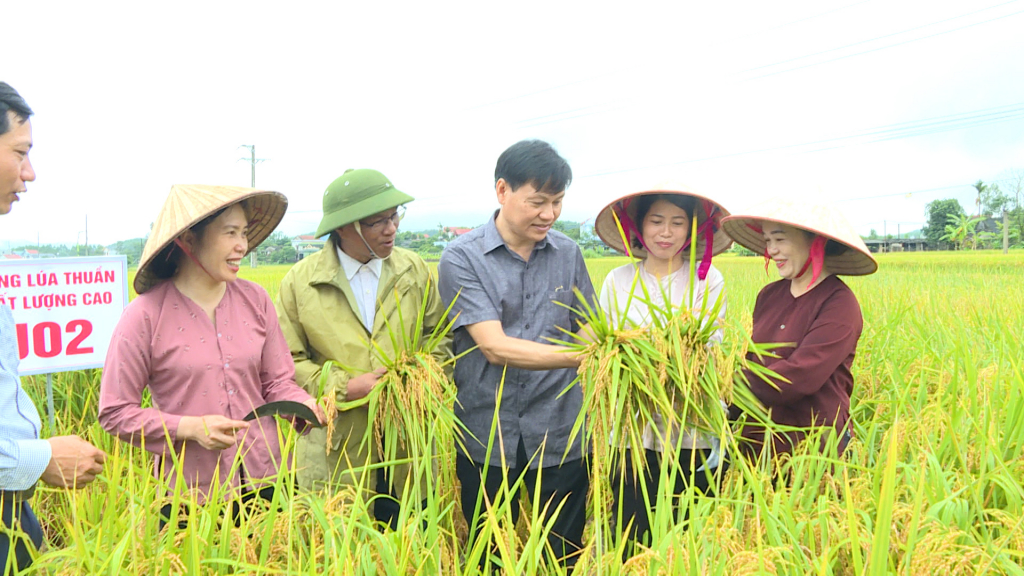
Rice production in Quang Ninh has recently undergone significant changes from the shift in variety structure. High-quality rice is gradually replacing hybrid rice, playing a key role in the fields. This direction helps improve production efficiency, meet diverse consumer needs, and contribute to the formation of many high-quality rice production areas.
Recently, the Department of Agriculture and Rural Development has coordinated with a number of localities to deploy a pilot planting model of the high-quality Japanese rice variety Japonica (J02). Specifically, in 2022, the J02 rice production model will be deployed in the localities of Hai Ha, Tien Yen, Mong Cai with an area of 55 hectares. In 2023, pilot planting will be carried out in Binh Lieu, Ba Che, Dam Ha. The results show that the rice grows and develops well, with a growing period of 130-145 days; hard stems, high grain-to-flower ratio, large grain weight, round rice grains, rich in nutrients, meeting export standards.
In the spring-summer crop of 2024, Duong Hoa commune (Hai Ha district) planted 50 hectares of J02 rice variety according to VietGAP standards. Households proactively improved the soil, fertilized properly and implemented good care measures, so the rice yielded an average of 6.3 tons/ha. The profit reached nearly 30 million VND/ha, higher than other quality rice varieties grown locally. The price of J02 rice at harvest time was about 24,000 VND/kg, which was well received by the market.
Mr. Pham Thanh Hai, Chairman of Duong Hoa Commune People's Committee, said: In 2022, J02 rice variety will be deployed for production with an initial area of 25 hectares. This is a rice variety with good quality and yield, suitable for the soil. The district will continue to expand the area of J02 rice in the area.
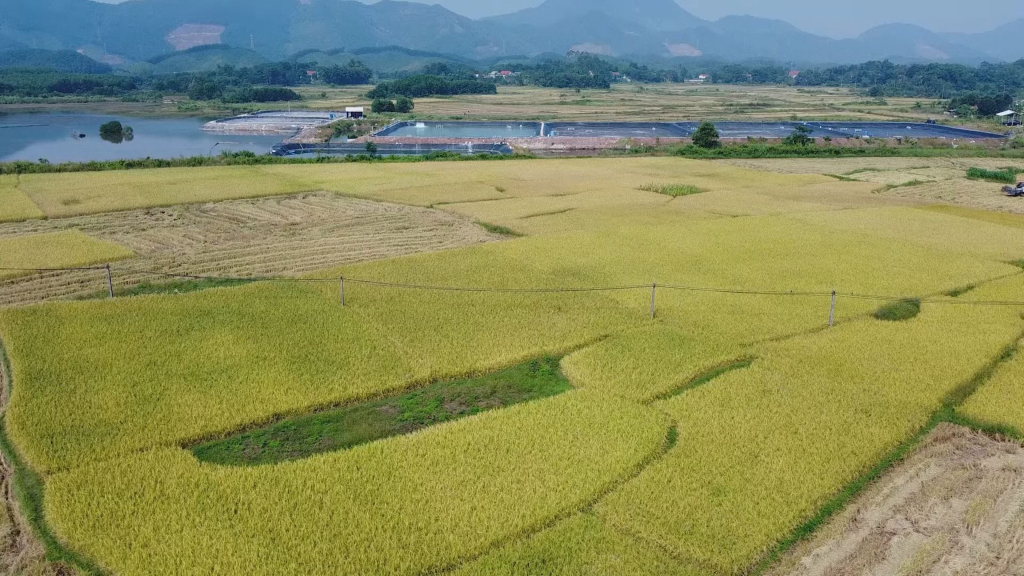
In addition to research on converting high-quality rice varieties, the application of advanced planting and care techniques to reduce greenhouse gas emissions is also of interest. According to experts, the main source of greenhouse gas emissions from rice cultivation is CH4 (methane), produced by the decomposition of organic matter in anaerobic conditions when rice fields are flooded. In addition, a significant amount of crop by-products such as straw after harvest is burned directly in the fields, the amount of fertilizer lost is not absorbed by crops, and the amount of chemical pesticides remaining in packaging after use... also increases greenhouse gas emissions, the risk of water pollution, soil pollution...
Expanding the application of alternate wet and dry irrigation technology and improved rice cultivation, 3 reductions 3 increases, 1 must 5 reductions and mid-season water withdrawal in rice cultivation are considered effective solutions. In Tien Yen district, 6 communes: Dong Hai, Dong Ngu, Tien Lang, Hai Lang, Dong Rui and Yen Than have applied advanced irrigation techniques, saving water for the main crop, rice. Advanced cultivation measures are applied in the form of shallow - open - dry/intermittent wet and dry. The proportion of rice crop area in the above 6 communes that is irrigated with advanced, water-saving methods is 1,145/2,617.7ha (reaching 43.74%). Of which, Dong Ngu commune has a total area of main crops applying advanced, water-saving cultivation measures of 300/683ha, reaching 43.93%.
Mr. Ngo Tat Thang, Deputy Director of the Department of Agriculture and Rural Development, said: "Implementing the Government's strategy on reducing greenhouse gas emissions, the provincial agricultural sector has proactively reviewed key production sectors including crop cultivation and livestock breeding. The goal by 2030 is to focus only on high-quality rice varieties, while also implementing the task of reducing emission rice cultivation in the eastern region of the province. Based on the assessment of rice crop yields, we will continue to review the area of cultivated land, irrigation water supply system, soil nutrition quality, and farmers' cultivation level to develop a project on reducing emission rice cultivation. It is expected that by 2027, we will provide a direction for sustainable rice cultivation and production."
Currently, localities continue to increase resources to support investment in completing infrastructure, increase propaganda to people about the benefits of green agricultural production in a sustainable direction, support the transfer of scientific and technical advances to people. Thereby, contributing to increasing the production value per unit of agricultural land area, gradually overcoming the shortcomings in rice production in the province today, such as still using a lot of chemicals to weed and fertilize rice, many abandoned areas, ineffective water use, high sowing density, improper straw treatment, etc.
Source


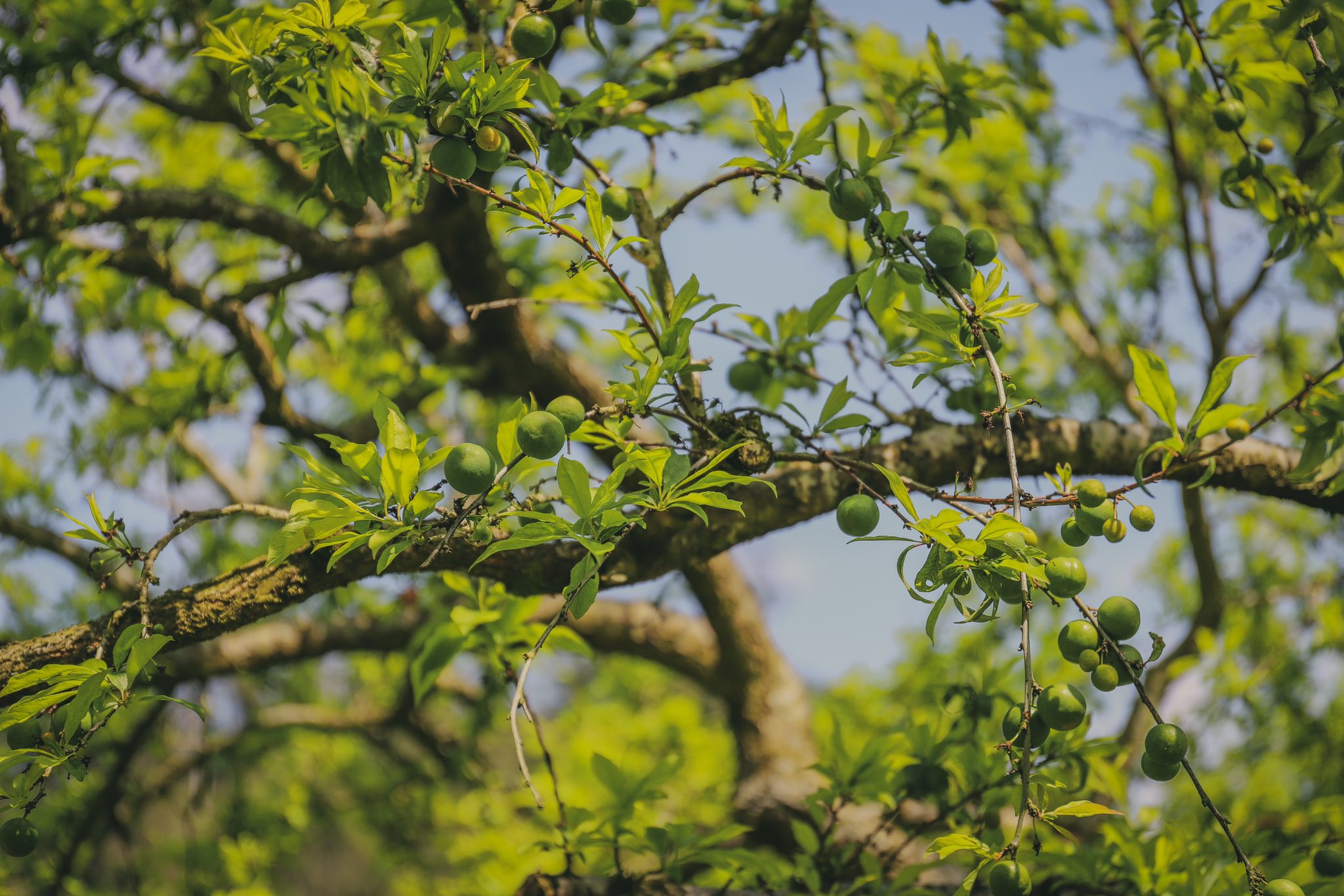
![[Photo] Prime Minister Pham Minh Chinh chairs meeting to discuss tax solutions for Vietnam's import and export goods](https://vstatic.vietnam.vn/vietnam/resource/IMAGE/2025/4/10/19b9ed81ca2940b79fb8a0b9ccef539a)
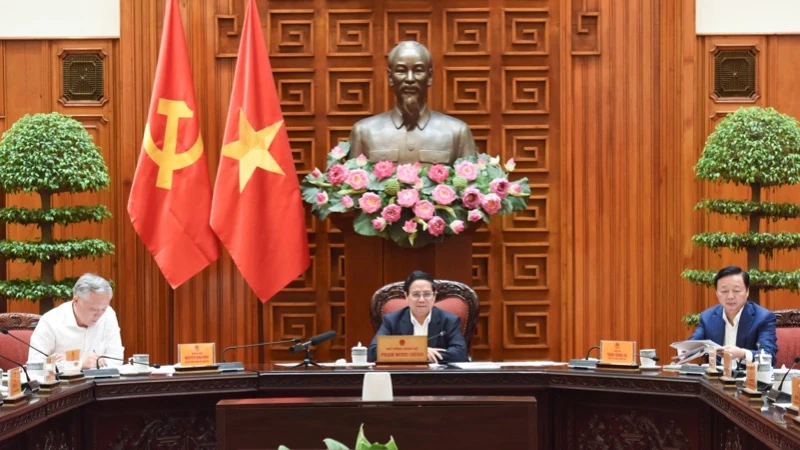

![[Photo] Unique folk games at Chuong Village Festival](https://vstatic.vietnam.vn/vietnam/resource/IMAGE/2025/4/10/cff805a06fdd443b9474c017f98075a4)

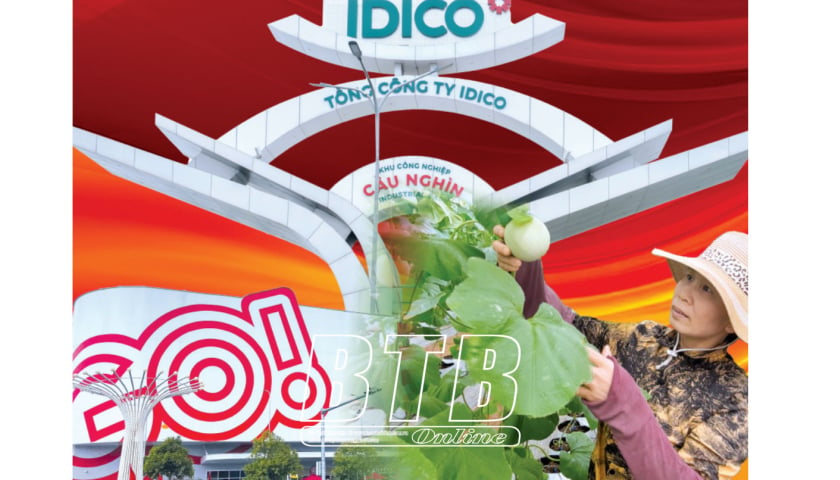

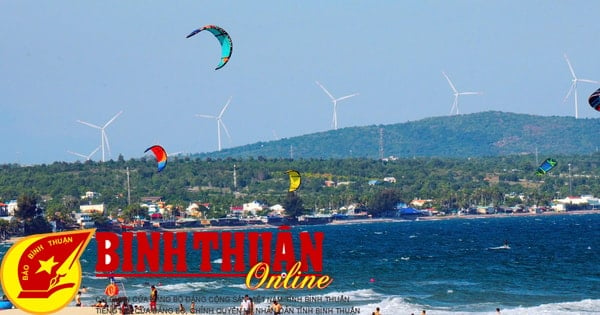
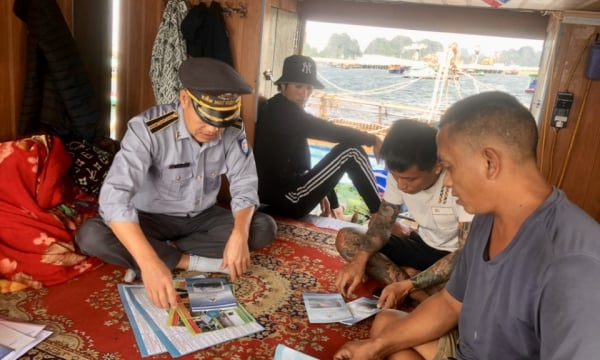
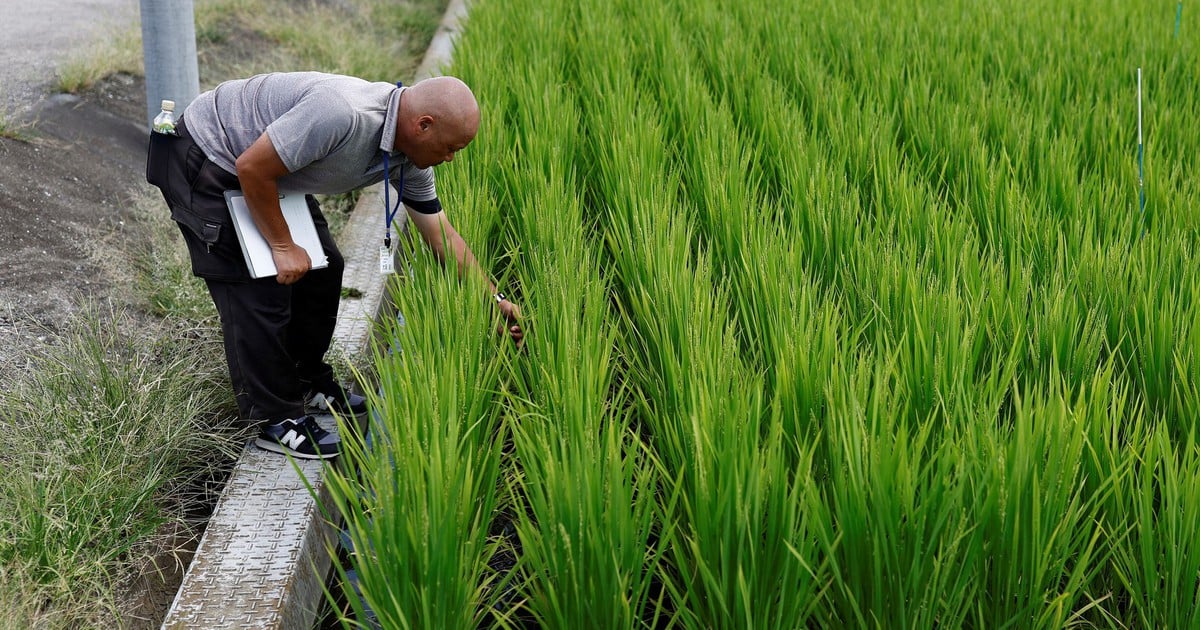

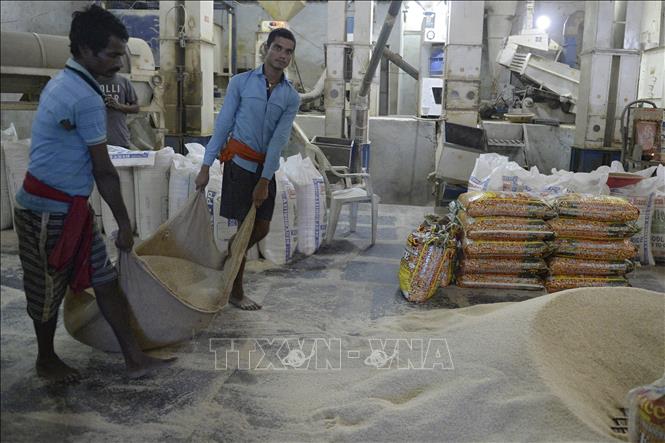

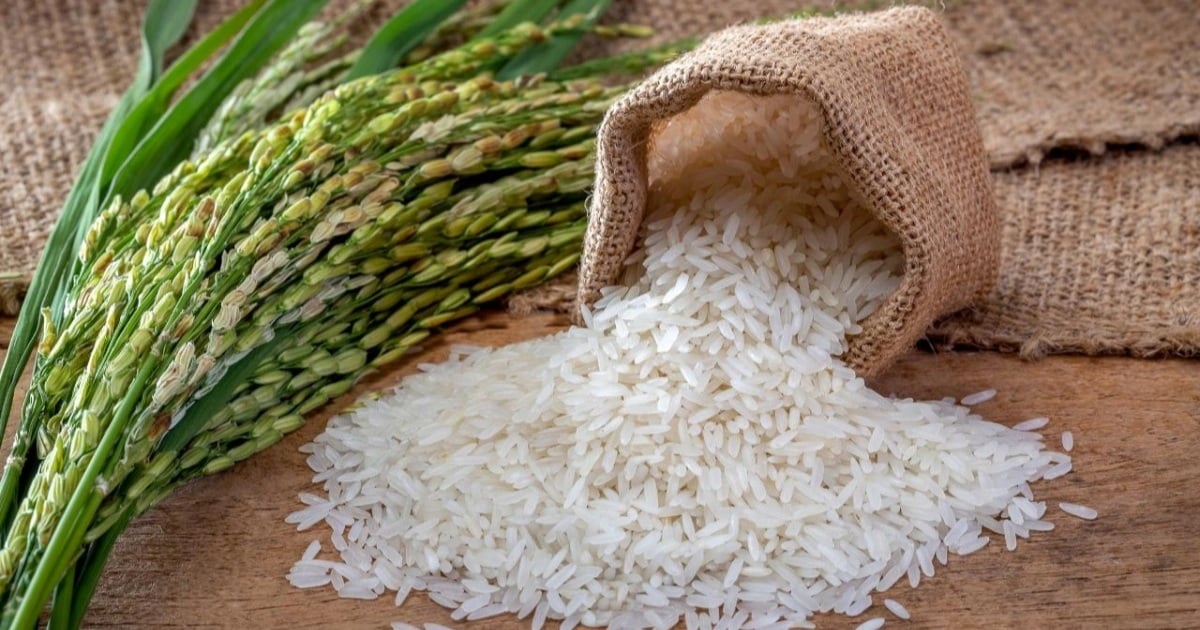

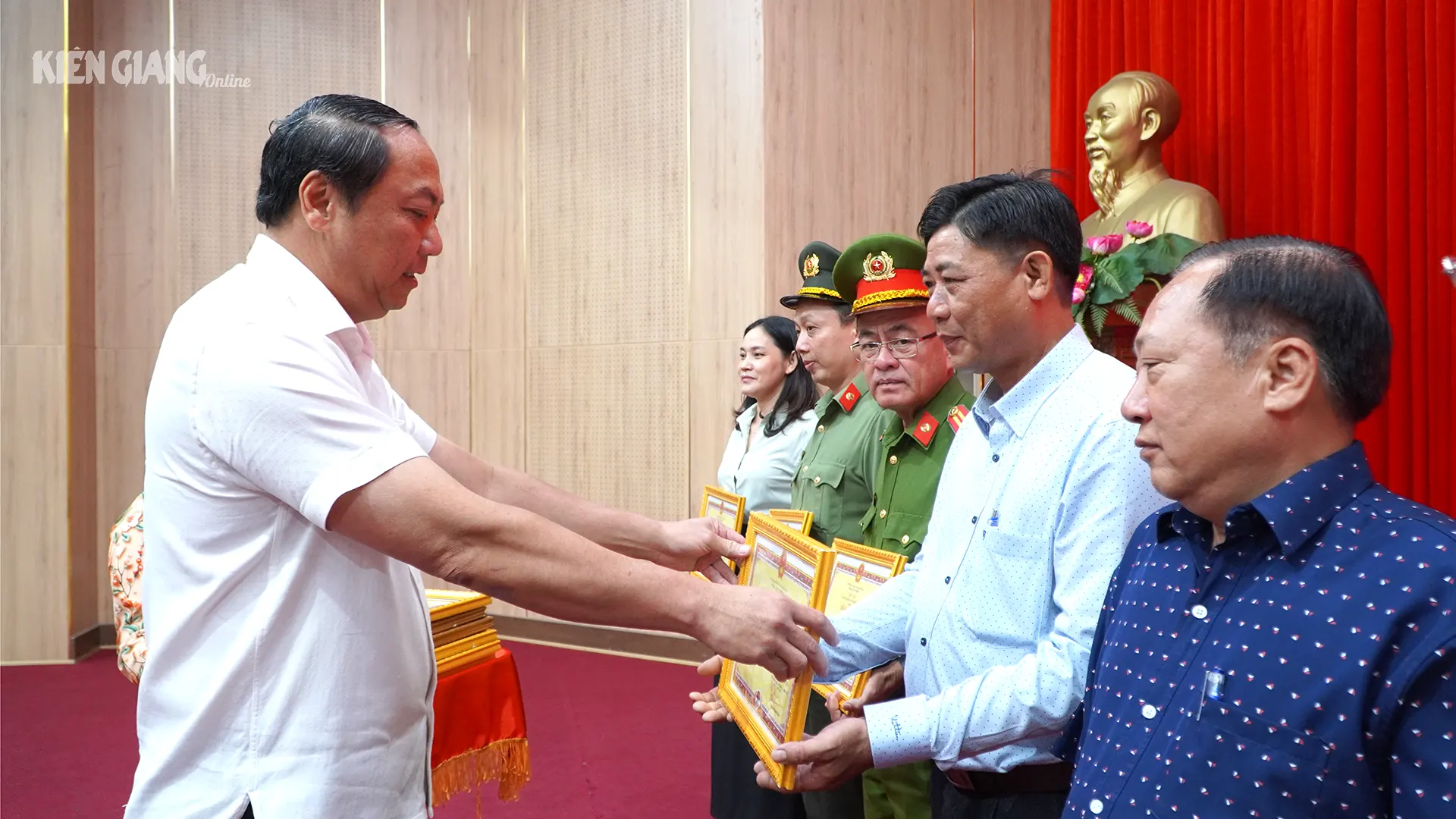
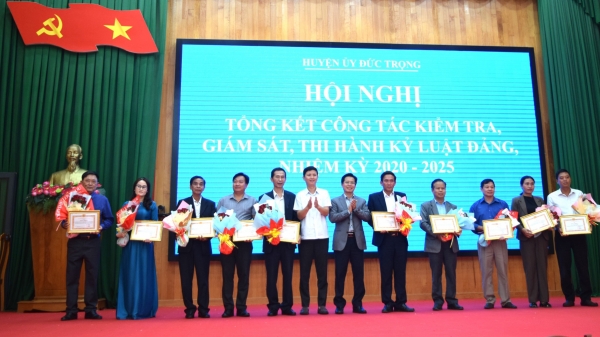
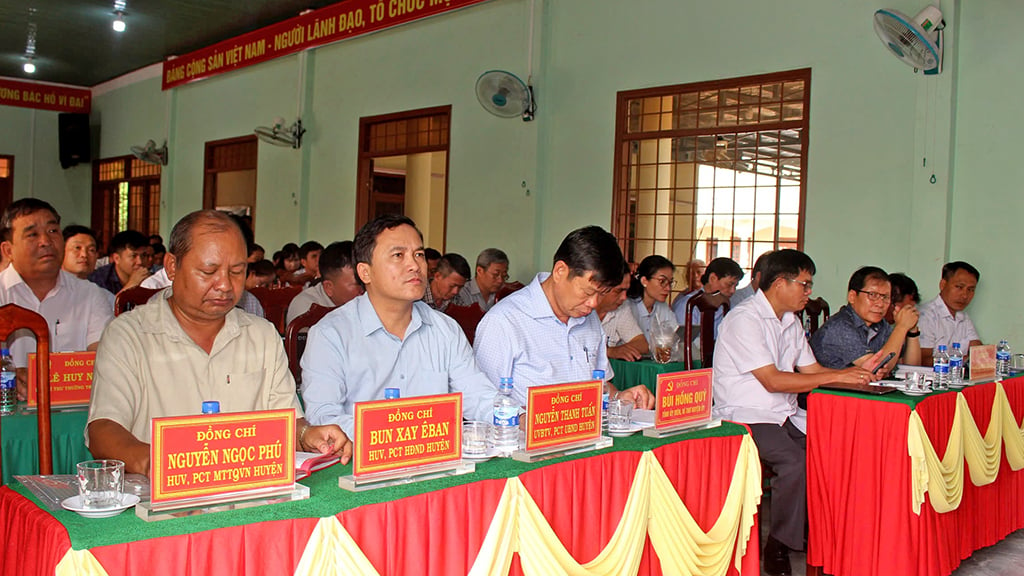
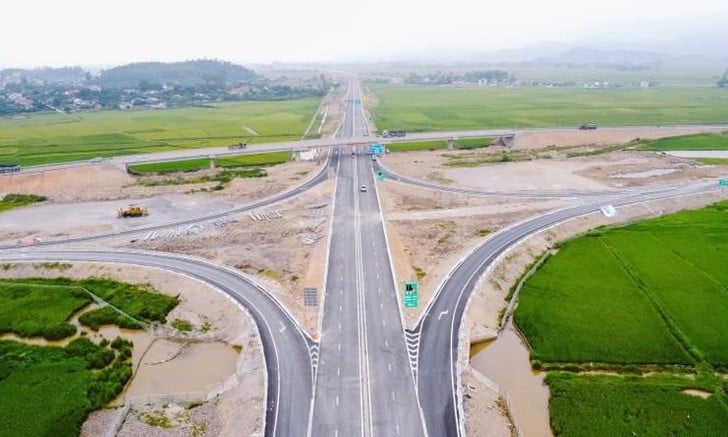
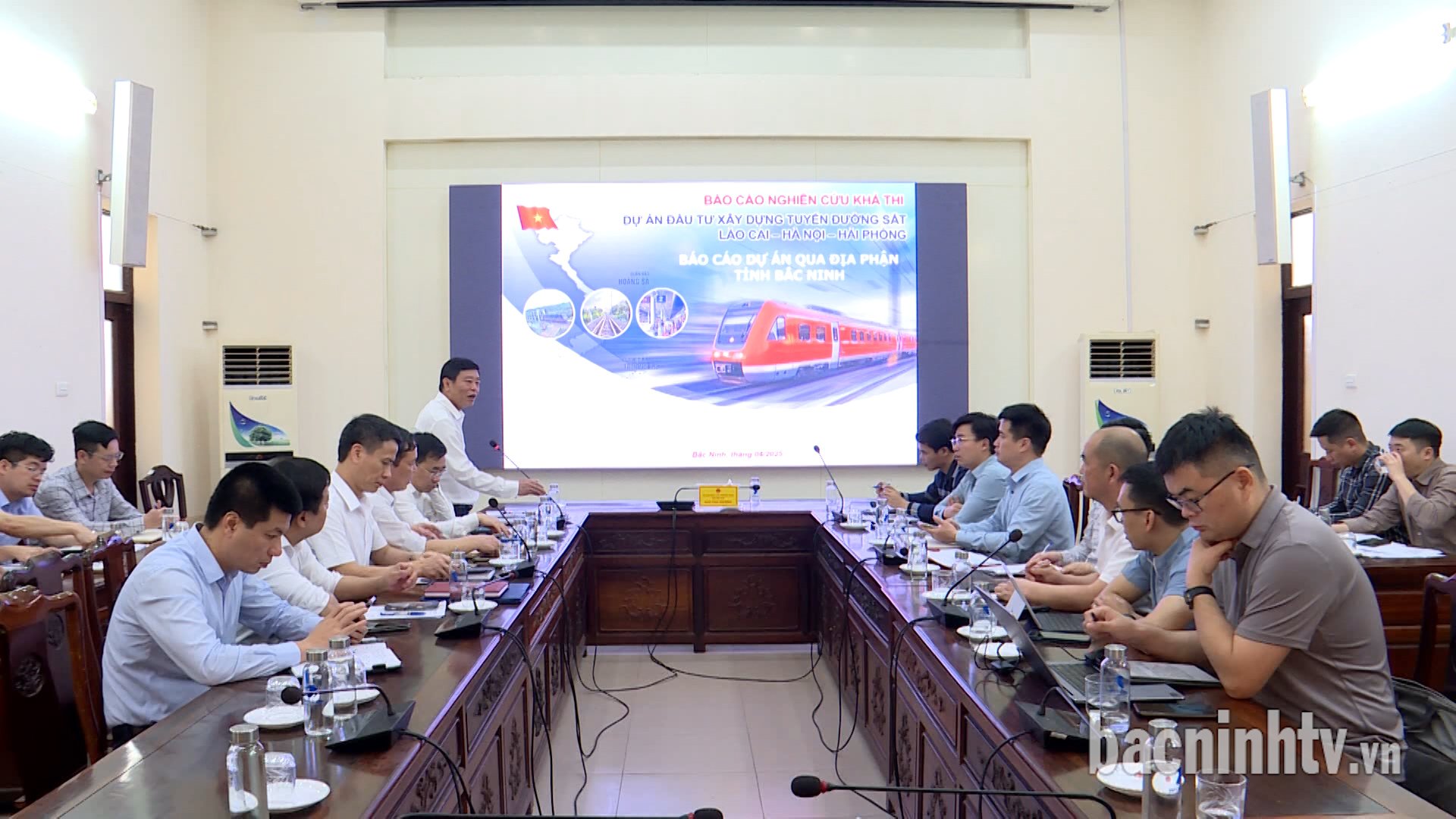
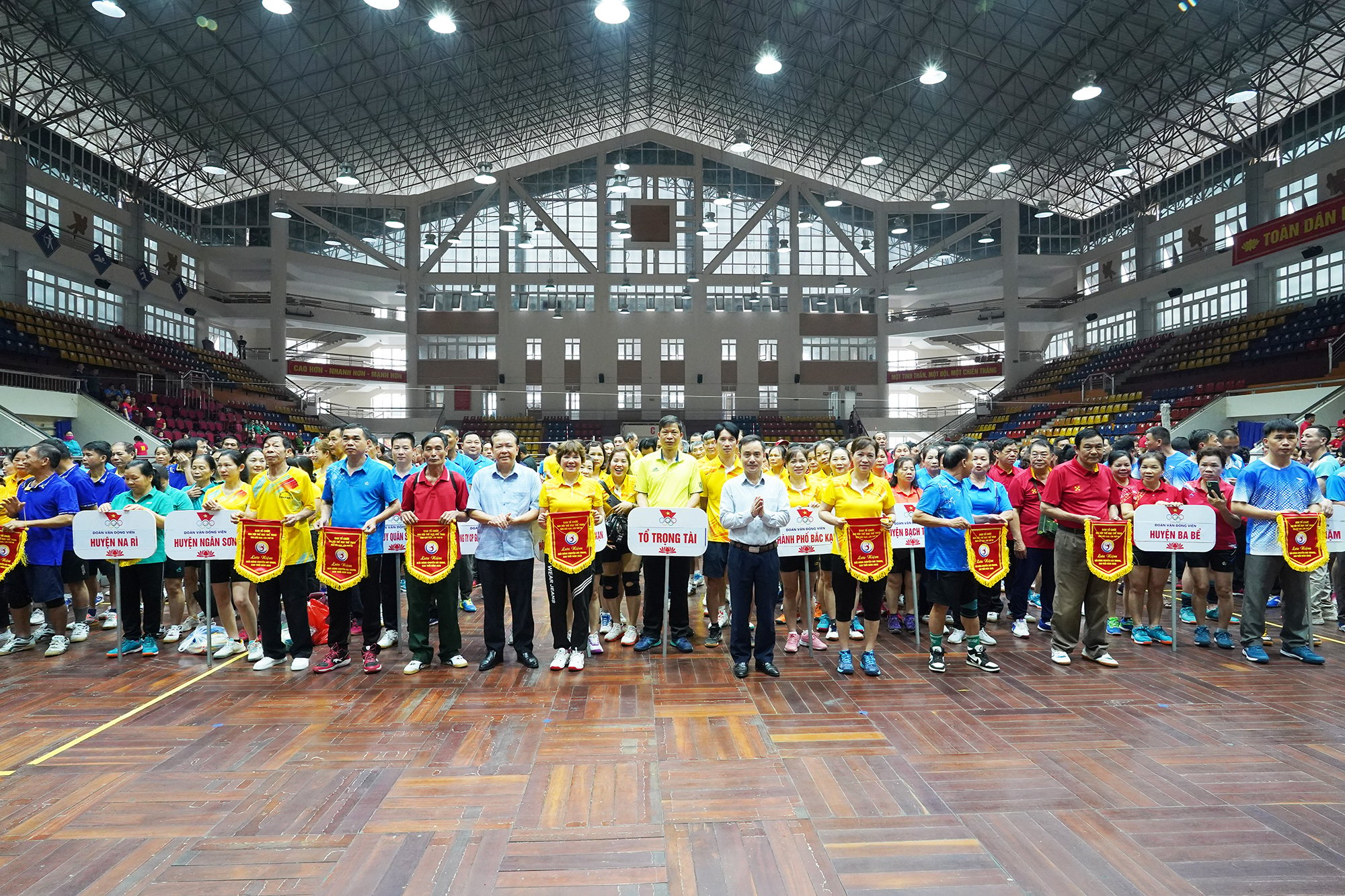




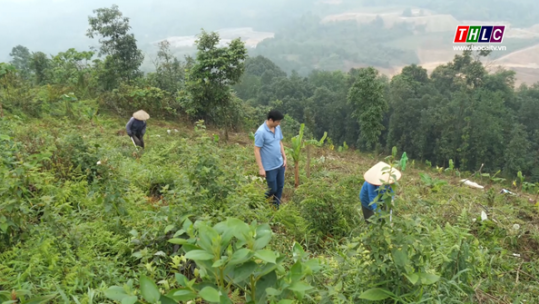
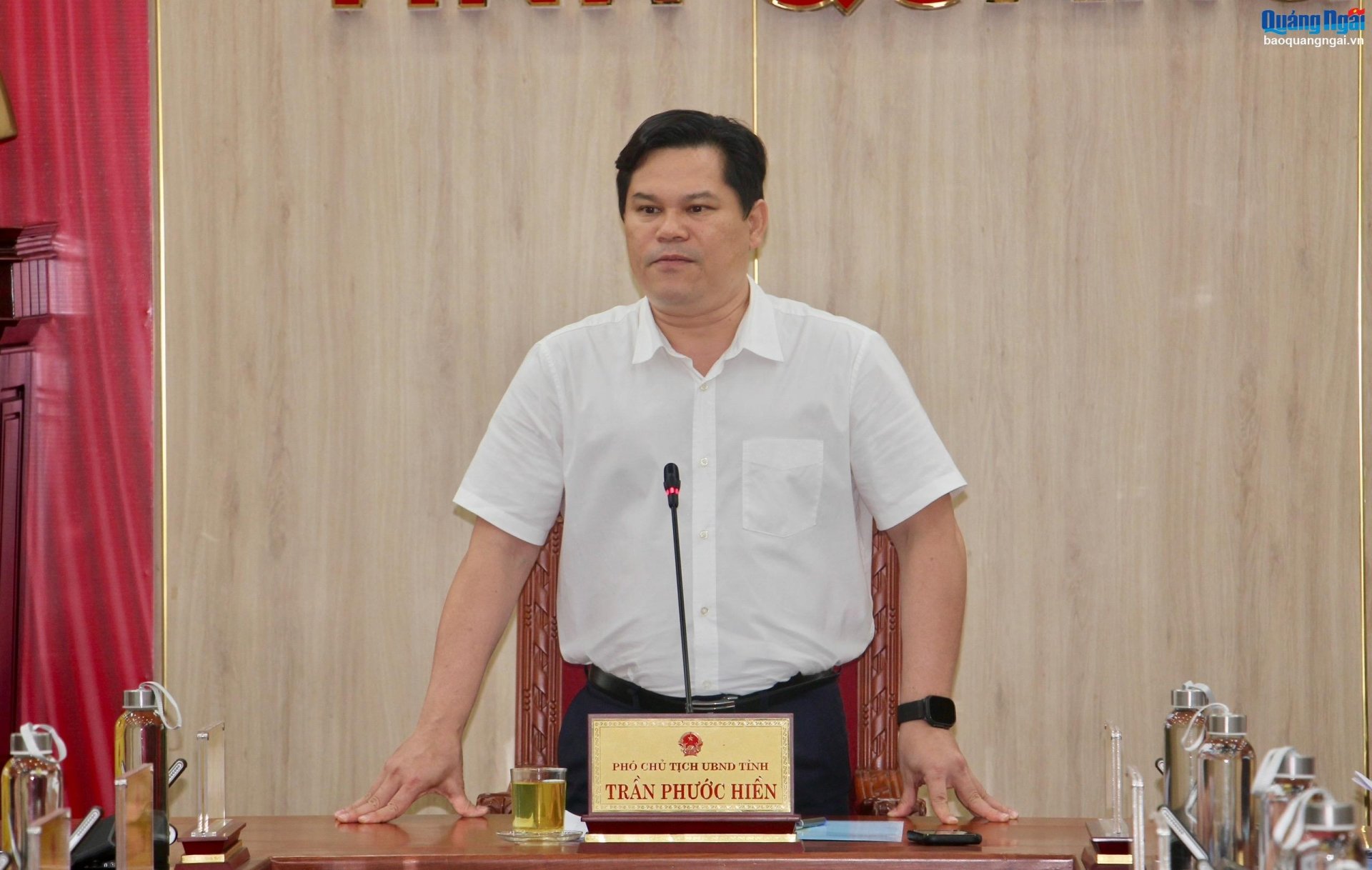
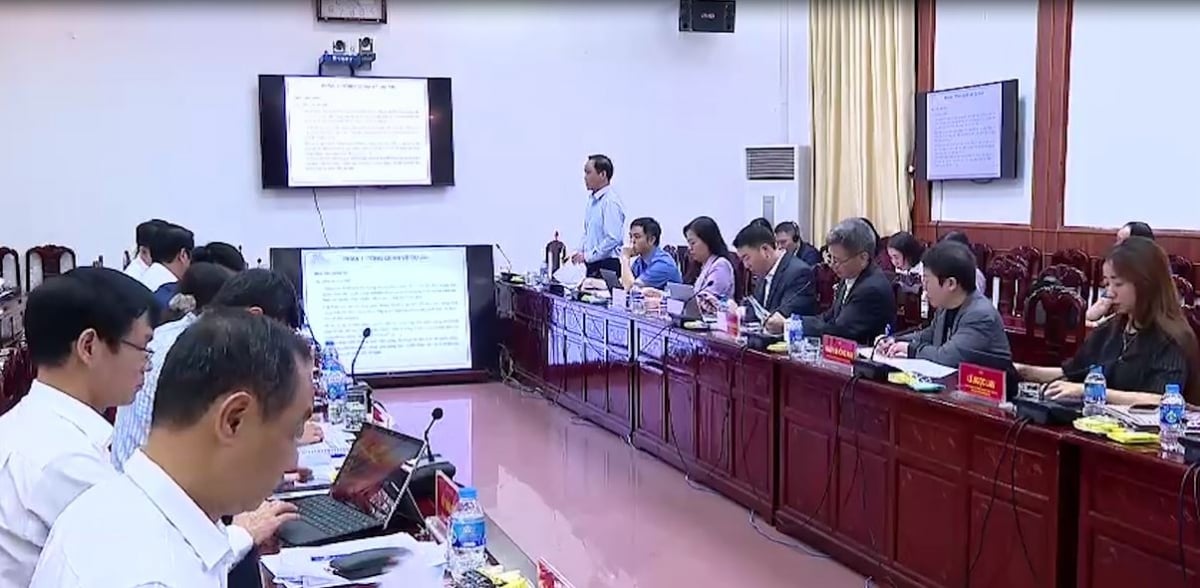
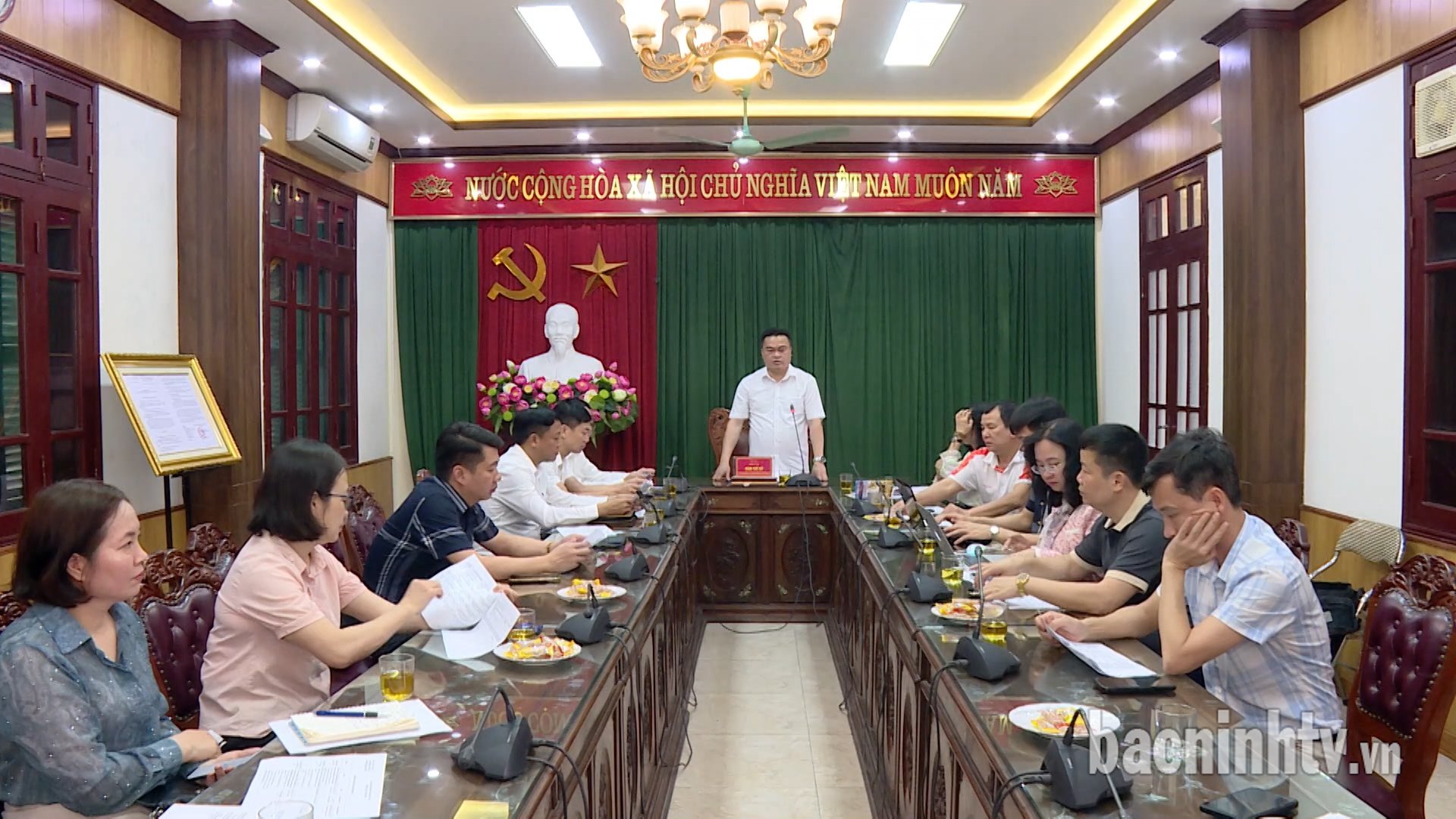
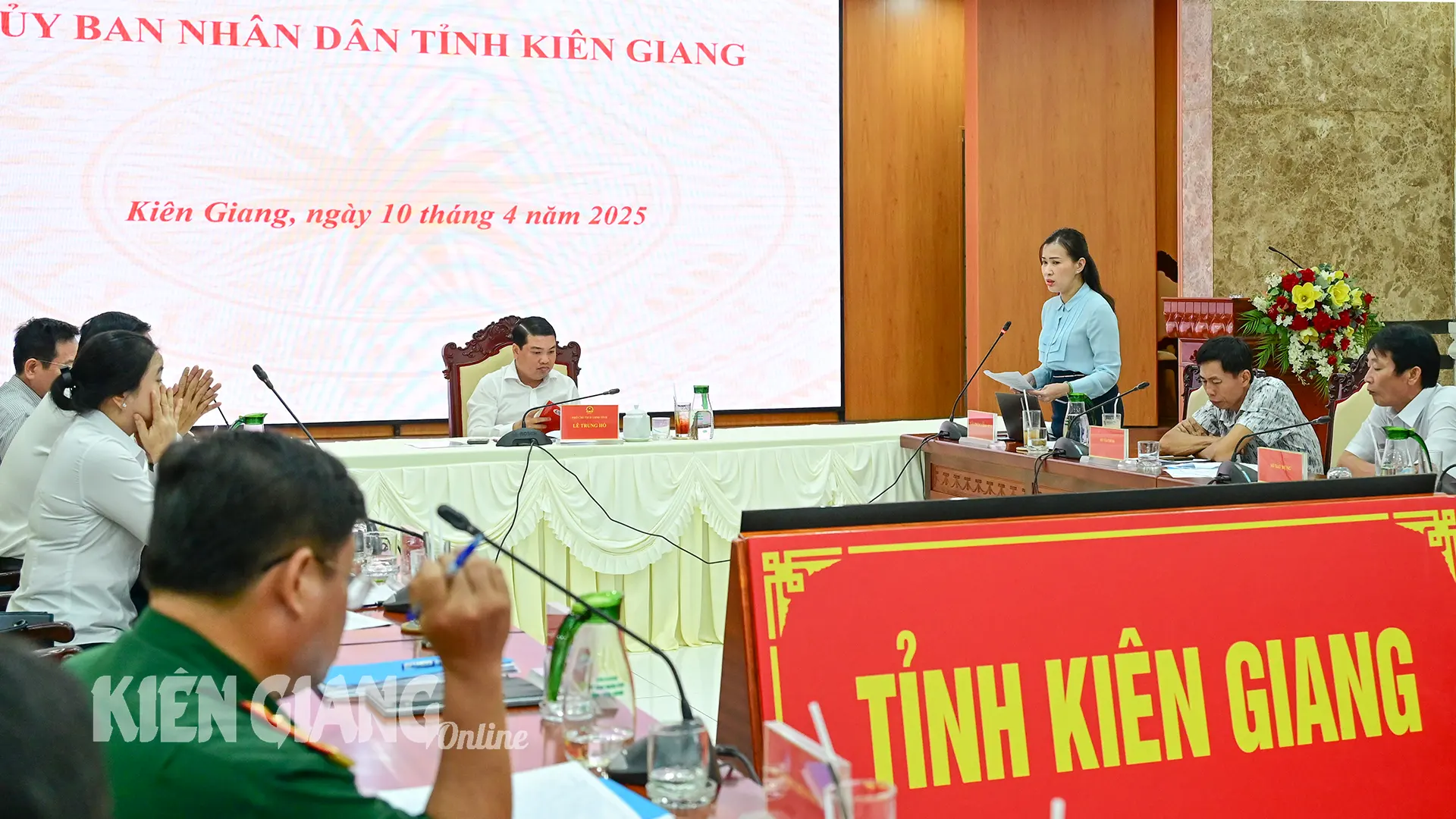
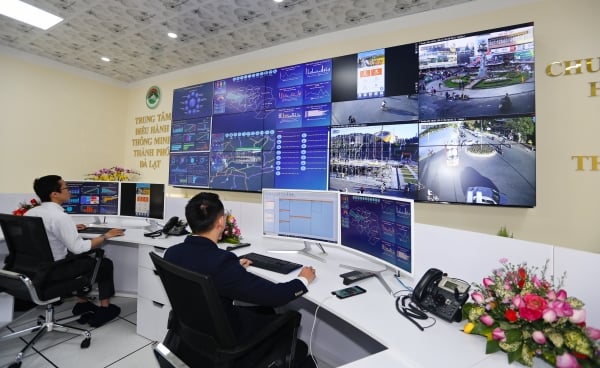




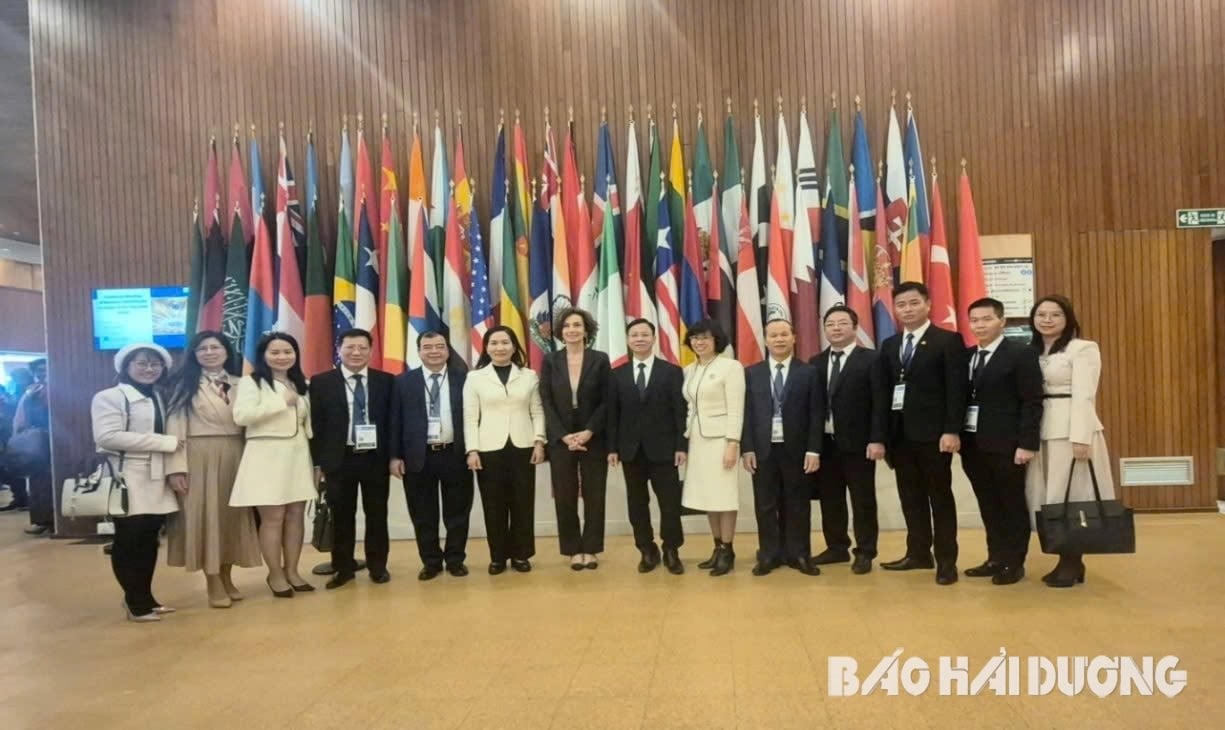









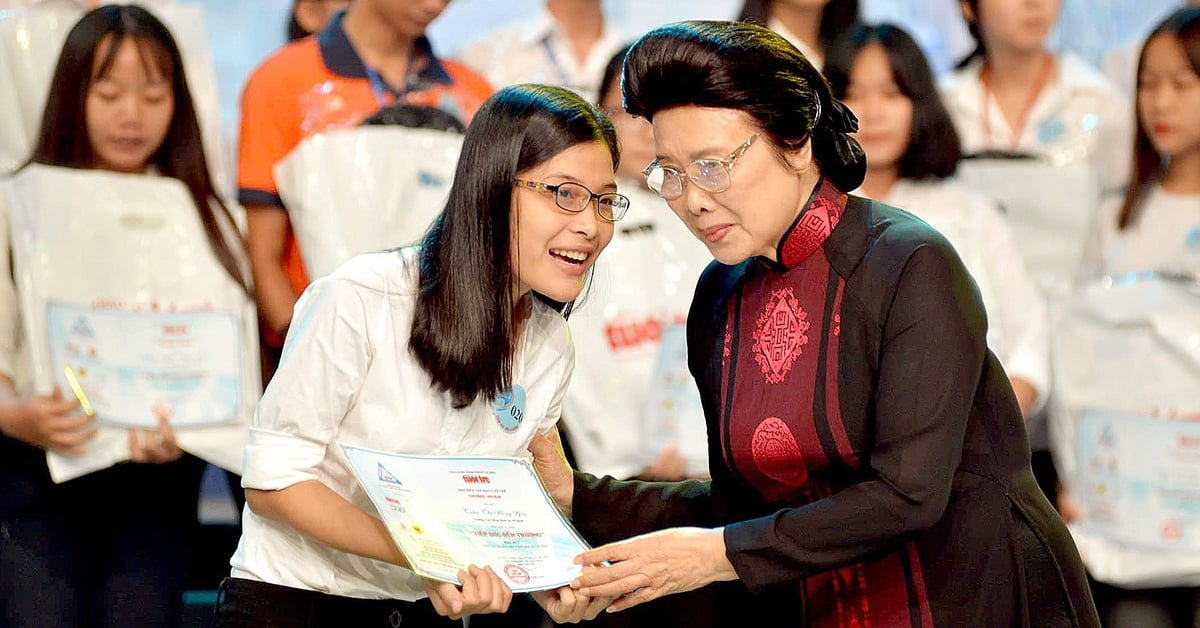






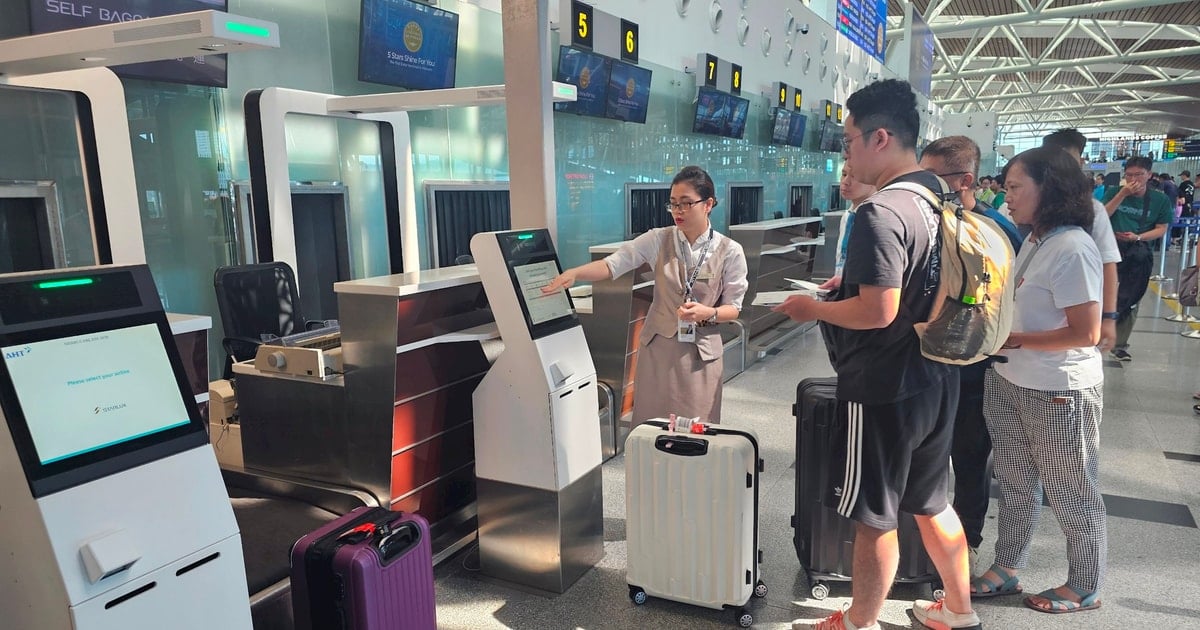


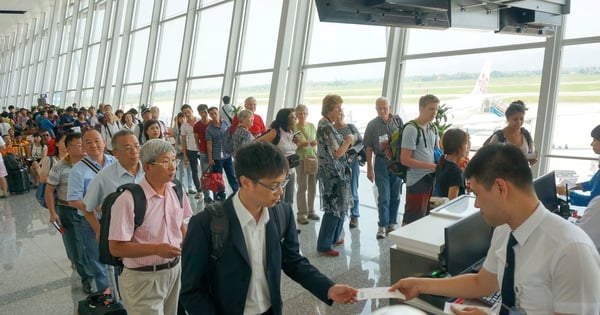


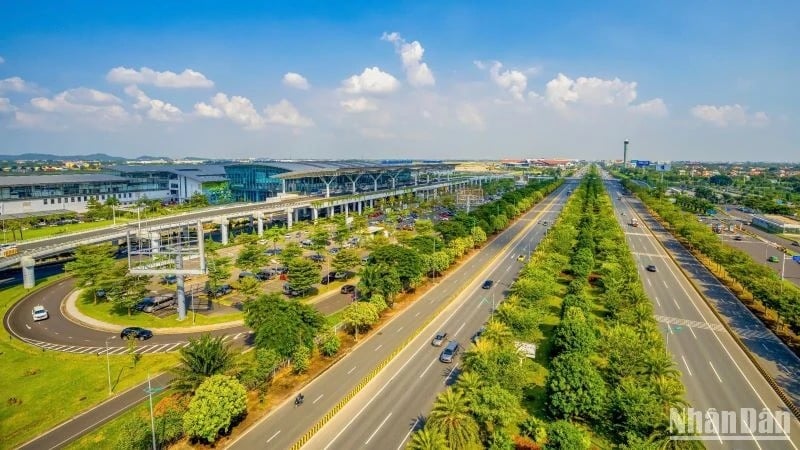



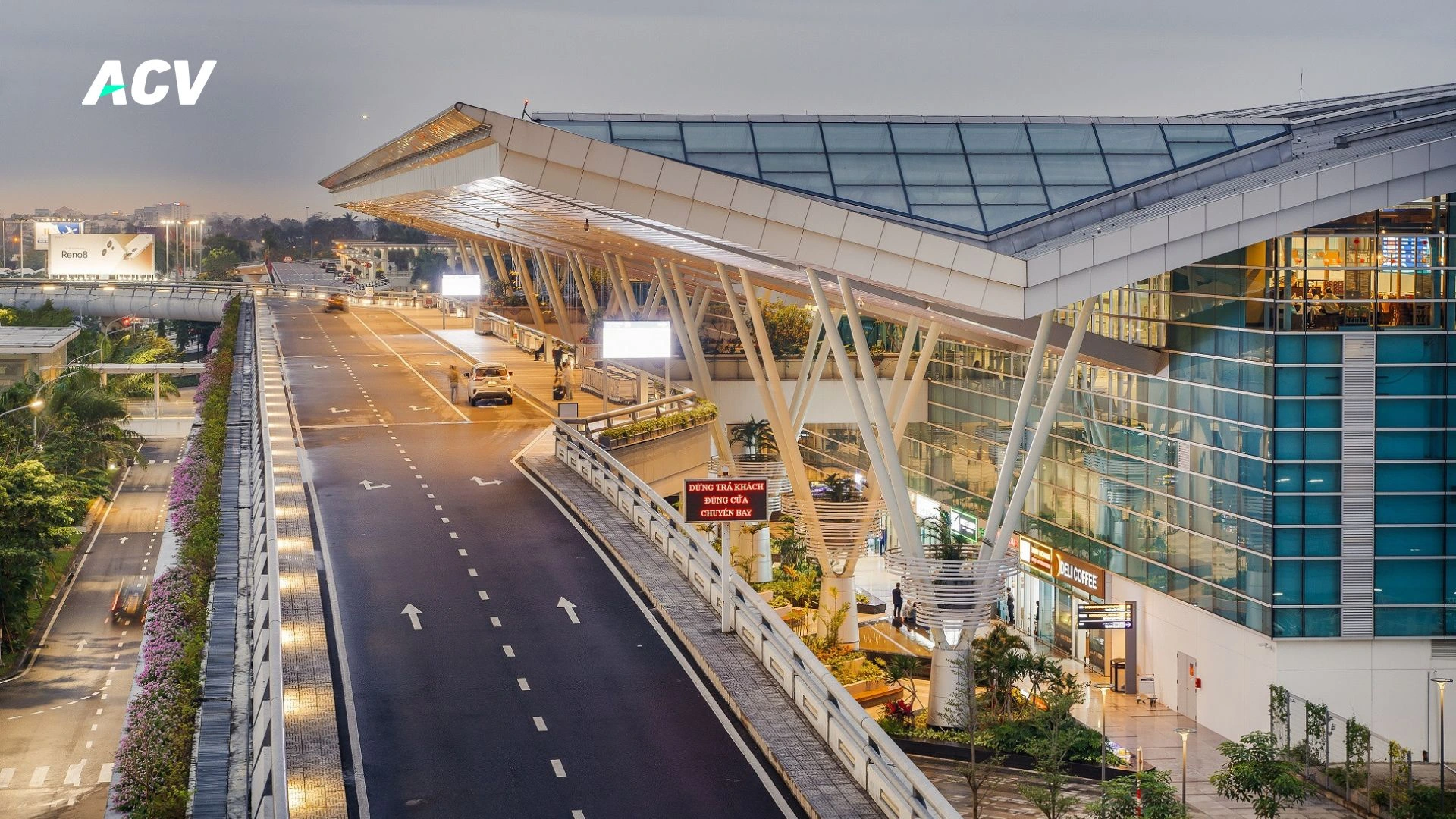
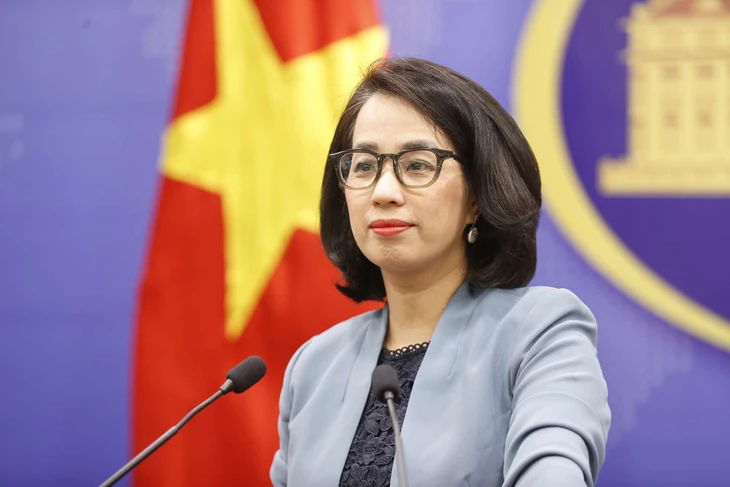

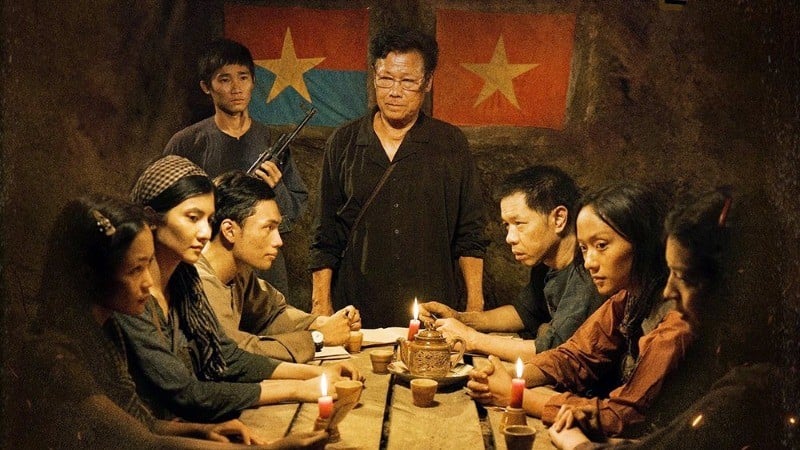



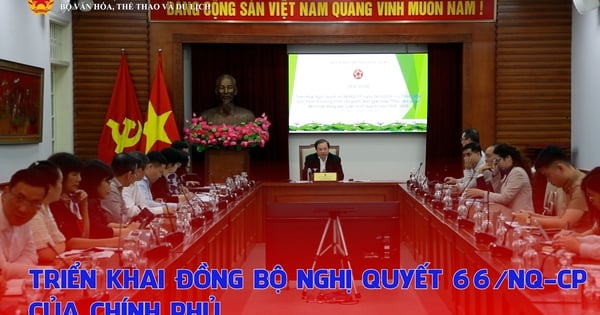


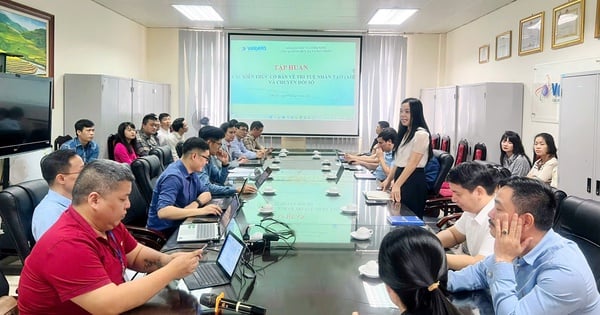

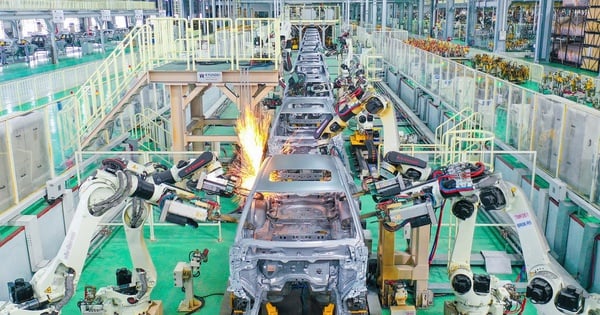
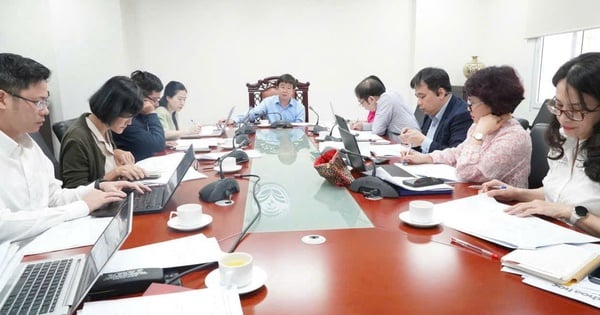
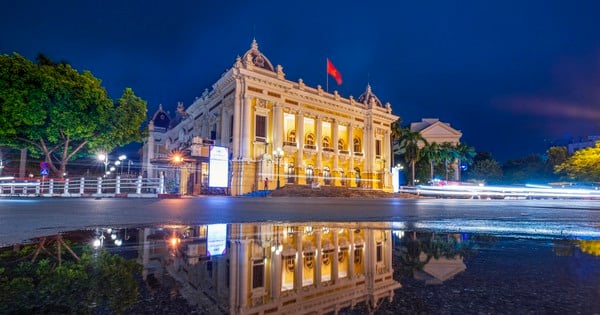
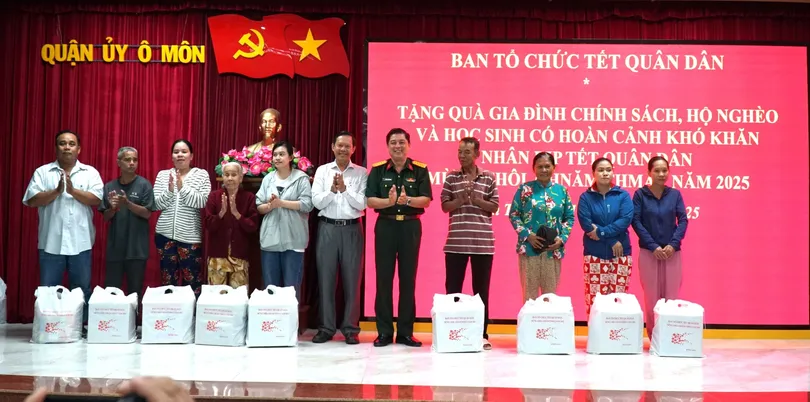

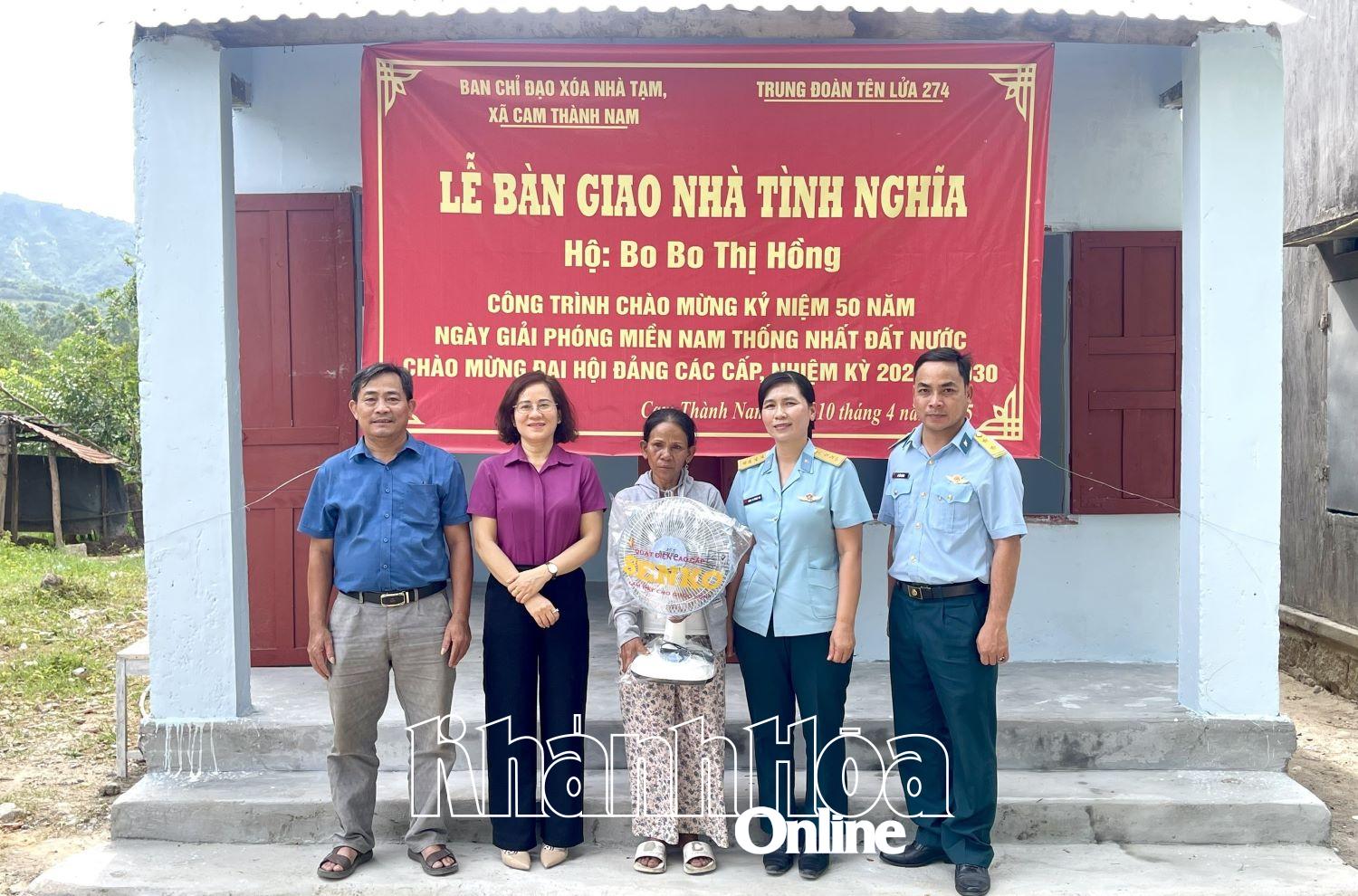

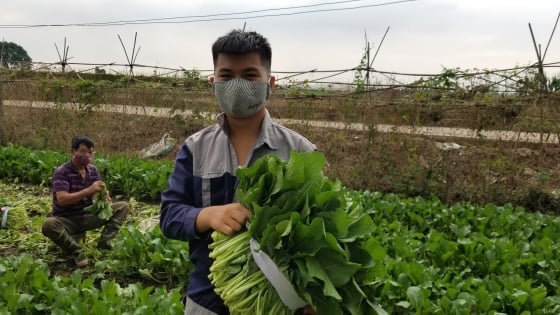
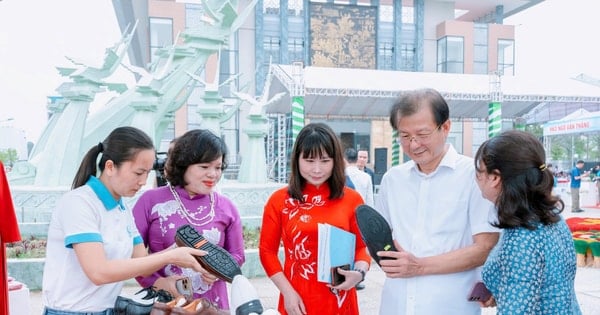



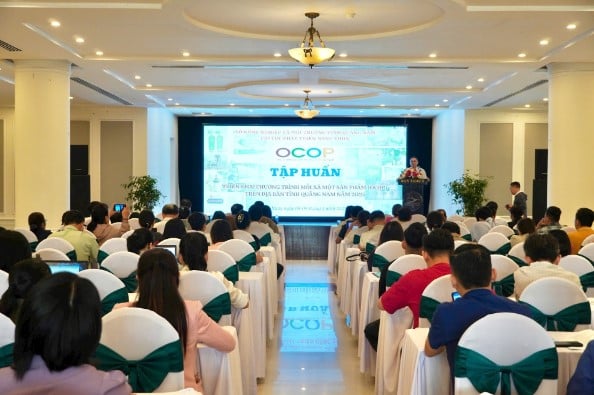
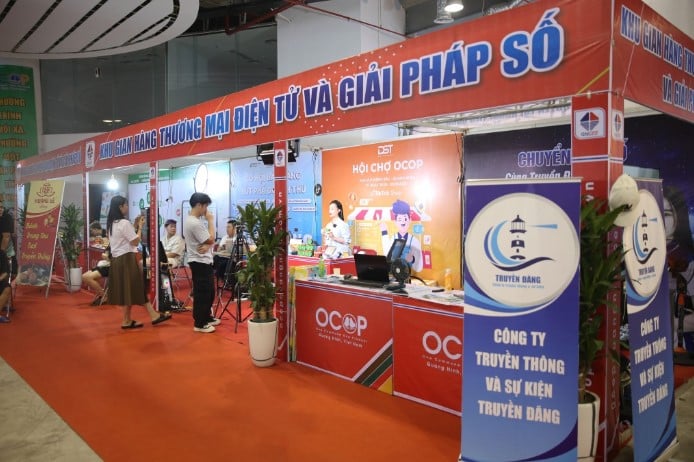
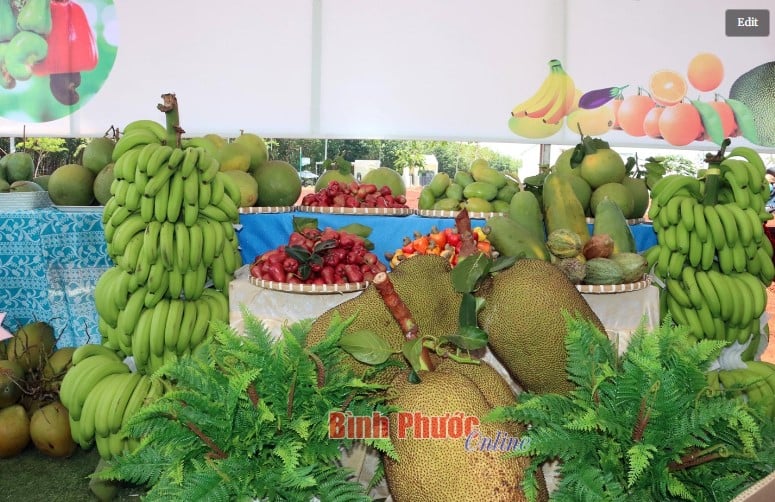
Comment (0)